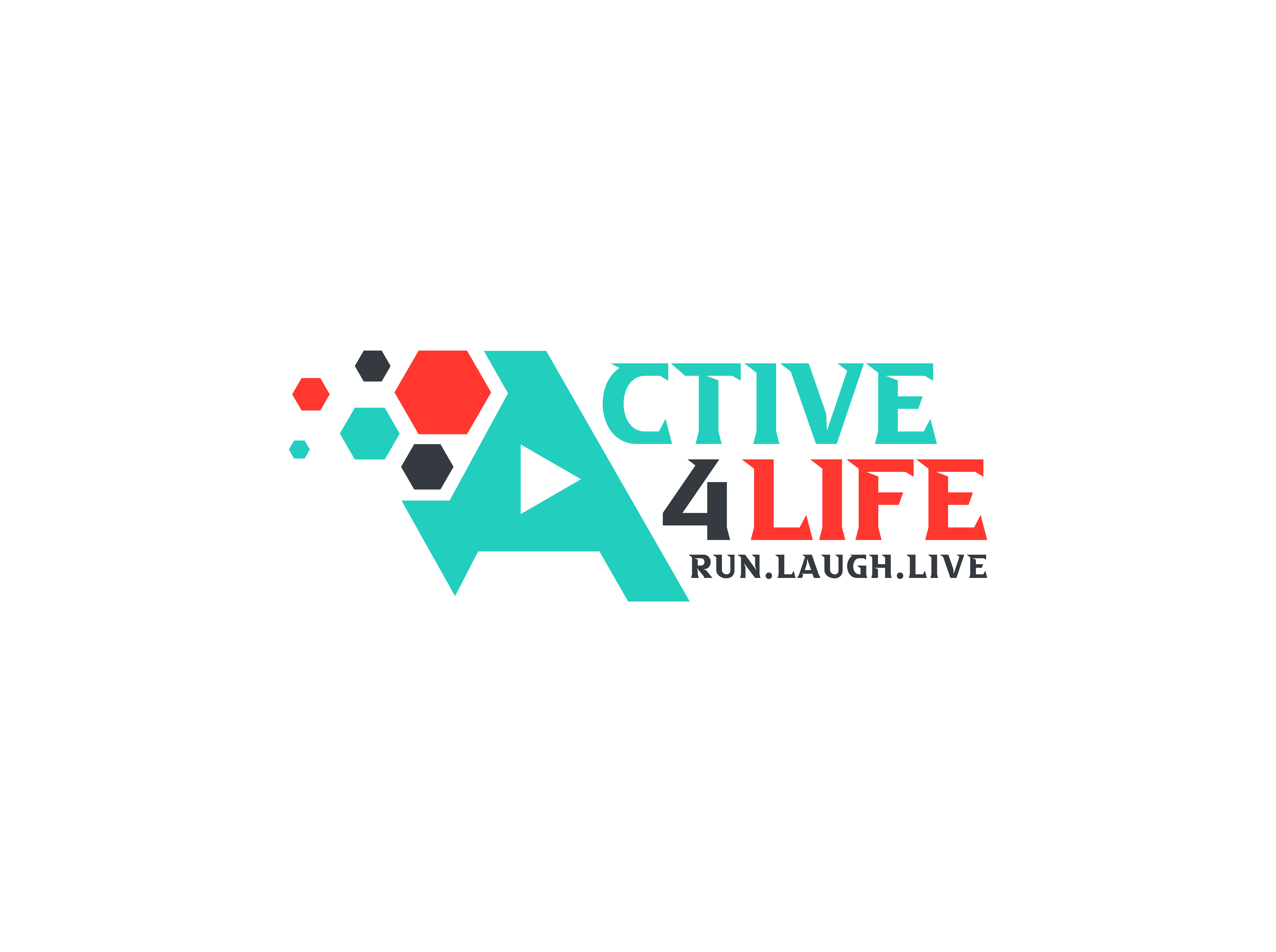"Practice is the price of mastery. Whatever you practice over and over again becomes a new habit of thought and performance." - Brian Tracey
Funneling is the designing of a series of training progressions that closely emulate the demands of the athlete's goal race, gradually preparing them for the specific challenges they will face.
Doing a lot of great workouts is one thing—it will get you very fit, possibly even fit enough to achieve your goals. However, the higher and more specific the goal, the more tailored your preparation needs to be in order to set yourself up for success.
This starts with asking the following question:
**What will be required of me, both physically and mentally, to achieve the desired performance?**
What does running my goal race in the time or position I want actually look like?
This is something I find many new and recreational runners are often unaware of. For example, let's say your goal is to run a 5-kilometer race in 19 minutes and 50 seconds. What does that really mean?
Well, it means you need to average a pace of 3 minutes and 58 seconds per kilometer. That’s equivalent to 1 minute and 35 seconds per 400 meters. In other words, you need to be able to run 12.5 laps of a track (400 meters each) with no break, each lap at a pace of 1 minute and 35 seconds. Now, you need to ask yourself: Can I run 400 meters in 1 minute 35 seconds? Can I run 1 kilometer in 3 minutes 58 seconds? Or 2 kilometers in 7 minutes 56 seconds?
This is where funneling comes in. The athlete has built up a good level of fitness through stacking, which prepares them to 1) run a 5-kilometer race reasonably well and within reach of the goal, and 2) manage an increase in training intensity with a low risk of injury or overtraining. (This is where the "training to do the training" from stacking comes into play.)
Effectively, we break down the demands of a 19-minute 50-second 5-kilometer into smaller, achievable repeats and then manipulate these repeats toward being able to run the full 5 kilometers at a 3-minute 58-second pace.
For example, we might start with 400-meter (or even 200- or 300-meter) repeats at goal pace, then adjust the length of the repeats and rest periods until we can comfortably do 5 x 1-kilometer repeats at goal pace. This is a very general example, and what’s important is that we manipulate the funnel based on the individual athlete’s fitness, strengths, weaknesses, and response to training.
Long story short, you need to know:
1. Where you’re heading.
2. What kind of engine you need to get there.
3. And have a strategy for getting there.
The example above was simplified; there are often many variables that need to align for a desired performance. Of course, we can't master all of them at once, but the goal is to be continuously funneling toward that ideal performance. To help expand your thinking, here is an extended (but not exhaustive) list of some factors to consider:
A few important notes and considerations:
Need help building your training to achieve those performances?
Check out our virtual 1-on-1 coaching package.
Onwards and upwards!
Coach Kathleen
Active4Life School of Running
Cape Town, South Africa


